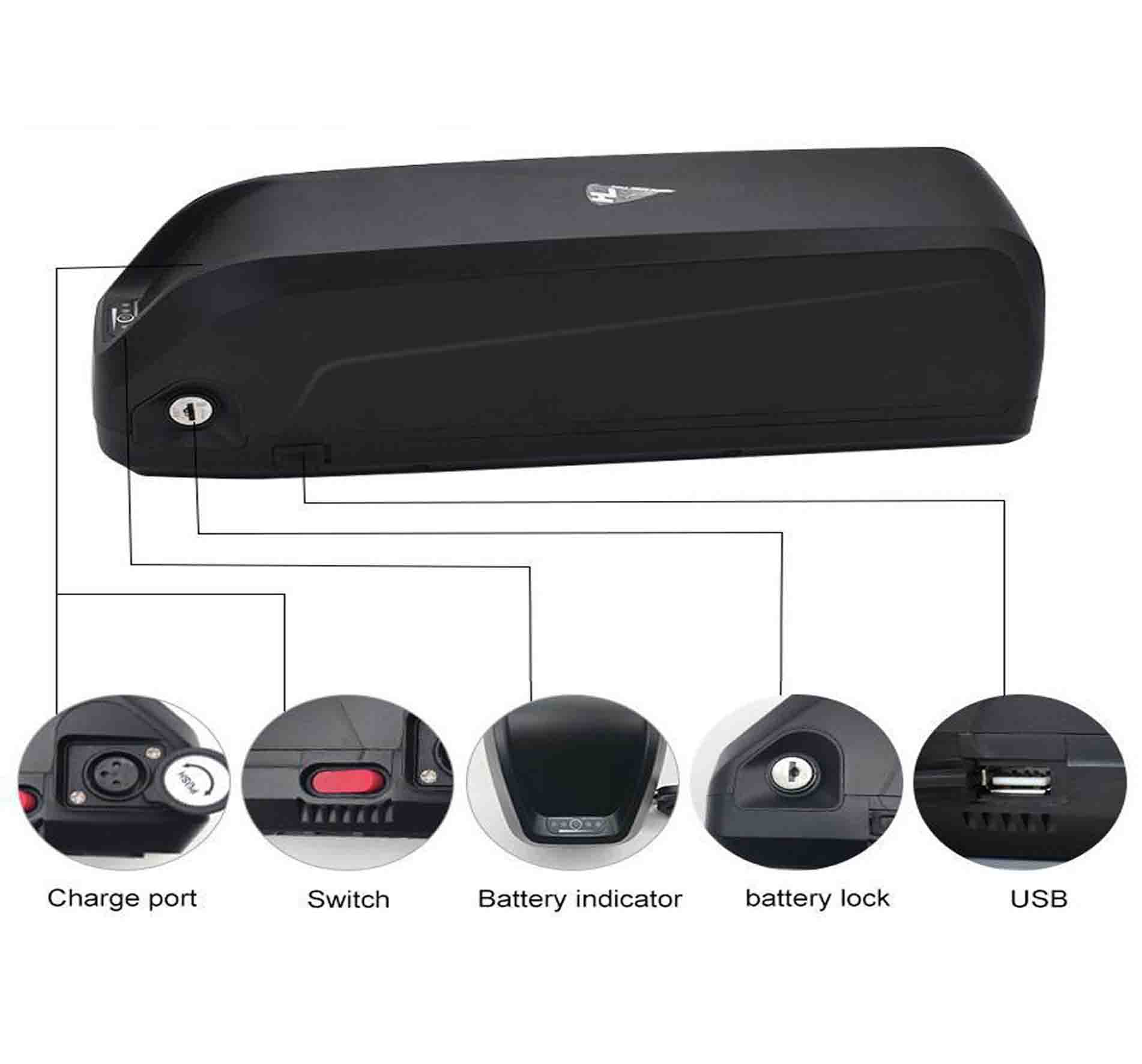A Comprehensive Guide for Beginners
Hey there, fellow eBike enthusiasts! If you’re new to the world of electric bikes, welcome aboard! Now, let’s get down to business. Today, we’ll be discussing a vital aspect of eBike ownership that all beginners should know: how to Charge a 48V eBike battery. By the end of this in-depth guide, you’ll be a charging pro, ready to hit the road on your trusty eBike without missing a beat.
Understanding Your 48V eBike Battery:
Before we dive into charging times, it’s crucial to understand the basics of your 48V eBike battery. Most eBikes these days use lithium-ion batteries, which are lightweight, long-lasting, and offer excellent energy density. The “48V” refers to the battery’s voltage, and it’s essential to know this figure when charging your eBike. Keep in mind that higher voltage batteries can deliver more power, translating into better performance.
Factors Affecting Charging Time:
There’s no one-size-fits-all answer to how long it takes to charge a 48V eBike battery. The charging time depends on various factors, including:
a) Battery capacity (Ah)
b) Charger output (Amps)
c) The level of discharge before charging
d) Battery age and health
Estimating Charging Time:
To estimate your eBike battery’s charging time, you’ll need to consider its capacity (measured in amp-hours or Ah) and the charger’s output (in amps). Divide the battery capacity by the charger output to get a rough estimate of the charging time in hours. For example, if you have a 48V 14Ah battery and a 4A charger: Charging time = 14Ah / 4A = 3.5 hours
Tips to Optimize Charging Time and Battery Life:
Follow these tips to keep your battery in tip-top shape and optimize charging time:
a) Avoid letting your battery discharge completely before recharging.
b) Use the charger designed specifically for your battery.
c) Keep your battery clean and store it in a cool, dry place.
d) Allow your battery to cool down after a ride before charging.
e) Keep an eye on battery health and replace it when necessary.
Additional Resources: The Best eBike Conversion Kit
Conclusion:
Now that you’re equipped with the knowledge to charge your 48V eBike battery like a pro, you’re ready to ride! Remember, understanding your battery and practicing proper charging habits will help you get the most out of your eBike experience. So go ahead and embrace the electric revolution, and enjoy the ride!
If you found this guide helpful, don’t forget to share it with your fellow eBike newcomers. Stay tuned to myebikeaccessories.com for more tips, tricks, and insights into the world of electric bikes. Until next time, happy riding!
Q: Can I use a faster charger to reduce the charging time of my 48V eBike battery?
A: While using a charger with a higher amperage output can technically reduce the charging time, it’s important to stick to the manufacturer’s recommendations. Using a charger that isn’t specifically designed for your battery can lead to overheating, reduced battery life, or even damage to the battery. Always consult your eBike manual or the battery manufacturer for the recommended charger to use.
Q: How often should I charge my eBike battery?
A: The frequency of charging your eBike battery depends on your usage. If you ride your eBike daily, you may need to charge it every day or every other day, depending on the battery’s capacity and your riding habits. However, it’s essential to avoid letting your battery discharge completely before recharging. Regularly charging your battery can help maintain its health and prolong its life. Additionally, if you’re not using your eBike for an extended period, it’s a good idea to charge the battery every few months to prevent it from becoming overly discharged.
Q: How do I know when my eBike battery is fully charged?
A: Most eBike chargers come with an indicator light that shows the charging status. Typically, the light will be red while the battery is charging and turn green once the battery is fully charged. However, this may vary depending on the charger model. It’s essential to refer to the charger’s manual or the manufacturer’s guidelines to understand the specific indications for your charger. Always disconnect the charger from the battery once it’s fully charged to prevent overcharging.
